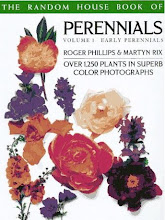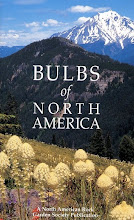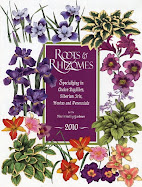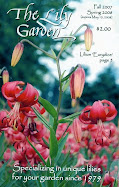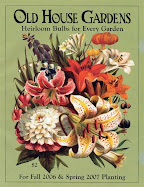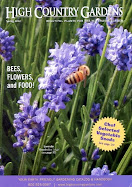Swimming pool designed by Thomas Church
Rose-covered gazebo
A path through the woods
Garden wall with Actinidia kolomikta 'Arctic Beauty' (Hardy Kiwi Vine)
Parterre near the house with Gravelly Lake in the background. Photos taken in May 2015
Click here to see more photos of Lakewold Gardens.
Lakewold Gardens covers 10 acres on the shore of Gravelly Lake in Lakewood, the southern suburb of Tacoma, Washington. This is a beautiful garden, surely worth a visit & not far from Interstate 5.
The property was first developed in 1908, but really came into its present form after it was purchased by G. Corydon & Eulalie Wagner in 1938. The Wagners hired Thomas Church to design the major elements of the garden in 1958. Based in San Francisco, Thomas Church was one of the most famous landscape architects of his time. He continued to visit the garden to suggest improvements. You can see his work in the brick walk, parterres & swimming pool, an unusual mixture of modern & vintage European styles.
Lakewold Gardens also contains quite a lot of woods near the lake & lawn surrounding the house. The drive is lined with tall Douglas firs & Rhododendron. Over 900 Rhododendron grow in these gardens. There is a very charming perennial garden behind the house.
Eulalie Wagner donated the property to the Friends of Lakewold in 1987 to be maintained as a public garden. The State of Washington has made Lakewold Gardens a historic landmark.
























































































